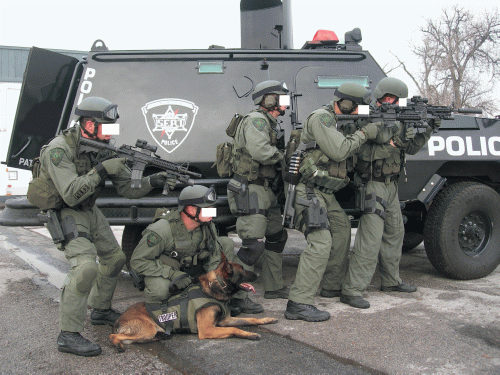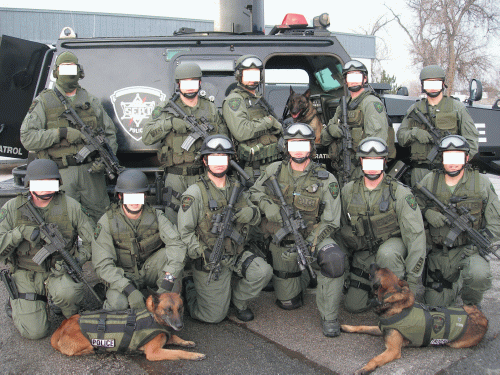SWAT Dog Performance Standards
LMPD Expert Report - LMPD Court Ruling - Grade Sheet - K-9 Pages - Main Page - Sign My Guestbook - Email Me






Here you will find the performance objectives utilized for training and certifying SWAT Dogs. These are new and unique standards which the Utah Police Academy has researched and determined to be a reasonable foundation for this special variety of Service Dog.
  |
| HDMI Converter |